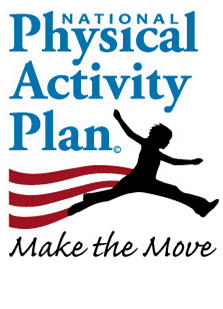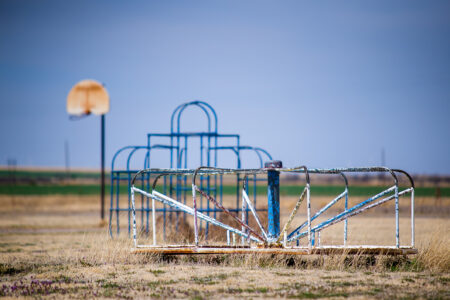
Share On Social!
In October of 2012, at the 140th Annual American Public Health Association (APHA) Meeting, The Governing Council created a resolution to support the National Physical Activity Plan (NPAP), as a strategic plan to improve physical activity rates in the United States. The NPAP includes over 250 strategies for active living similar to those mentioned in the 2011 National Prevention Strategy, published by the National Prevention Council through the General Surgeon’s Office. It outlines strategies that would increase physical activity in all segments of the population, with special emphasis towards the vulnerable and at-risk populations.
The plan features recommendations for 8 different sectors of society, which include:
- Business and industry
- Education
- Health Care
- Mass Media
- Parks, Recreation, Fitness and Sports
- Public Health
- Transportation, Land Use, and Community Design
- Volunteer and Non-profit
The Parks, Recreation, Fitness, and Sports sector is one of the eight targeted sectors, part of the National Activity Plan. Strategy four from this sector describes “a need to increase funding and resources for parks, recreation, fitness, and sports program facilities in areas of high need.” Examples of strategies from the education sector recommend providing access to physical activity before and after school.
More recently, The National Physical Activity Plan (NPAP) has gained momentum, as it guidelines have been used to develop state and local level physical activity plans. According this blog post, in 2012, San Antonio and the state of West Virginia both released physical activity plans modeled after the NPAP.
Resources
A factsheet from the NPAP website that discusses how improving the quality of the built environment can encourage more children to bike and walk.
By The Numbers
33
percent
of Latinos live within walking distance (<1 mile) of a park



